7 Important Technological Advancements for Nurses
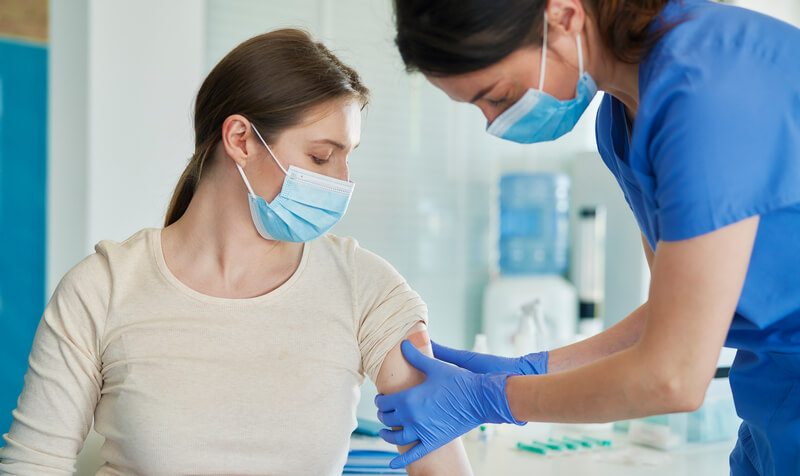
The following guest blog post was submitted by Jessica Kane.
Looking back over the past few years, many people would have never been able to understand how significantly technology would affect the way we work, live, and play. The healthcare industry has been one area that technology has helped. Patient care has been drastically improved by these advances, as have the nurses and doctors who use new measures. The job of a nurse today looks nothing like it did 10, 20 or even 30 years ago.

Seven major technology enhancements have changed the nursing field.
RN’s and Nurse Practitioners have changed the way they administer patient care. They are able to increase their workflow all while limiting their human errors. In return, it makes their job safer, and it is also less challenging on their bodies. Over the years, there have been seven major enhancements that have changed the nursing field Today, these advancements are being used at top hospitals and health care facilities across the world. These practices have made nursing a better profession to be a part of.
1. Enhanced Communication
When nurses received pagers back in the 1980-1990s, they were able to increase patient care. Fast forward nearly 20 years and each nurse carries a cell phone with the ability to order a pizza and medicine all at the same time. Most hospitals have advanced healthcare software to enable communication between medical staff and patients. Using smartphones and apps, nurses can receive text messages and receive alarms from their patients through their phones. Forget those old-fashioned pagers. The entire nursing staff is more in touch with their patients and with each other. It’s efficiency at its finest and the nursing staff of today wouldn’t know how to do it any other way.
2. Electronic Records
Piles of endless paperwork consumed the nursing staff for decades. Physical paper charts and faxing medical records is pretty much a thing of the past. Hospitals and medical care centers have switched to electronic records. This allows everyone in the hospital to access the patient’s information with the touch of a button. A nurse can quickly see what medications the patient is taking and which ones they are allergic too. They can look up test results and see all sorts of other data. Doctors can put notes that the nurse needs to see about the patient’s needs. Even things like religious preference can be recorded. It’s one way that nurses are connecting with their patients without hours of paperwork.
It should be mentioned that several healthcare providers are enhancing EHR usability by ensuring accurate patient identification. They are doing do so by using solutions like RightPatient. Such a platform can help identify patients across the care continuum – ensuring patient data integrity and preventing duplicate medical records.
3. GPS tracking
Hospital efficiency has been increased through GPS tracking. Tagging and tracking medical equipment is much easier than it was before. Radio frequency identifications tags help nurses find the nearest blood pressure machine or another piece of equipment. It sounds like a simple matter, but being able to centrally monitor equipment has increased bed management and patient care incredibly.
4. Enhanced Diagnostic Devices
Most of the technological advancements are to help doctors, nurses, and the patients. Take for instance diagnostic exams. These can now be performed non-invasively. There are more options for nurses and doctors to choose from rather than the old-school tests and treatments. Not only does it improve the cost-effective nature of testing, but it also lowers the risks of infections. Handheld biosensors have the ability to detect all sorts of diseases. It just requires a small body specimen to give a definitive result. Another tool is ultrasound technology. When needing help placing an IV, an ultrasound machine can pinpoint the exact location to minimize patient distress.
5. Drug Delivery
Numerous hospitals have implemented drug delivery systems that come in an implantable device form. These devices release medication into the patients at the required times. An RN can schedule the dosing and make sure that their patient gets the medications they need, in the correct dosing, at the appropriate time. This reduces the chance of a patient error, potential lawsuits, and also allows the nurses to focus on other areas that need their attention.
6. Smarter Alarm Systems
Go in any hospital across the country and there will be the sound of beeps coming from the patients’ rooms. These beeps kept the nurses from running from room to room trying to see what was going on. However, many times these alarms were false or a machine was just beeping to be reset. It caused what is known as “alarm fatigue.” These beeping devices take the nurse’s attention away from important tasks for things that are not of a trivial matter.
In an effort to correct this problem, smart alarm technology is used to monitor vital signs for the nursing staff. All vitals run through one system. Checking blood pressure or pulse rates has never been so easy. This integrated system measures physiological indicators. If there is a real cause for alarm, the machine will let the nurse know. These alarm systems are more modernized and efficient.
7. Lifting Patients with Ease
According to the Veteran’s Administration, each year more than 2,400 nurses are injured by lifting their patients. Most of the injuries are debilitating and cause the nurse to lose work time and money. If the patient is of a larger size and the nurse smaller, it can be a real challenge to safely move them about. However, in 2008 things began to change. when the VA took notice of all their nursing injuries.
The VA spent over $200 million dollars to create a program that would come up with devices and training for nurses to be able to handle their patients in a safer manner. After much trial and error, new devices have come on the scene that allows nurses to use lifting technology that saves their backs. Now, many hospitals are using such technology in their patients’ rooms. According to a report from the VA, they saw a 40 percent drop in nursing injuries since they implemented this technology.
Technology is ever changing and constantly evolving into new and better methods that can make the life of a nurse easier. However, a nurse must stay up to date on these methods, as well as work in a center that is open minded and willing to invest in technological advances. By keeping up with the trends, a nurse who is well versed in these new technologies will maintain their creative edge and be eligible for career advancement.
Jessica Kane is a professional blogger who writes about technology and other gadgets and gizmos aplenty. She currently writes for Total Voice Tech, her go to for transcription equipment.

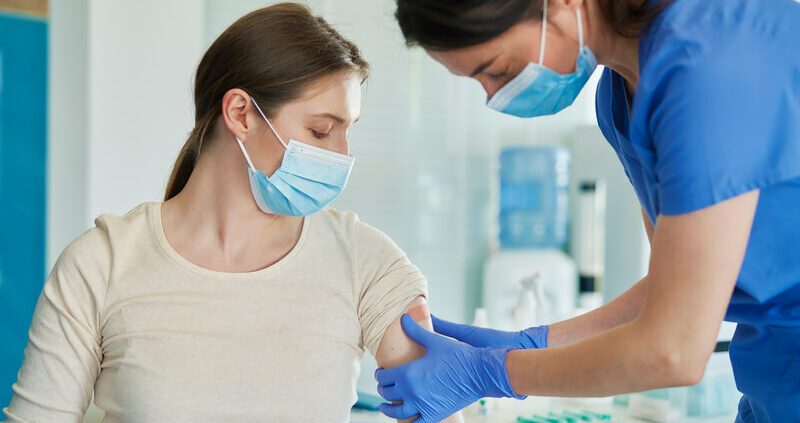
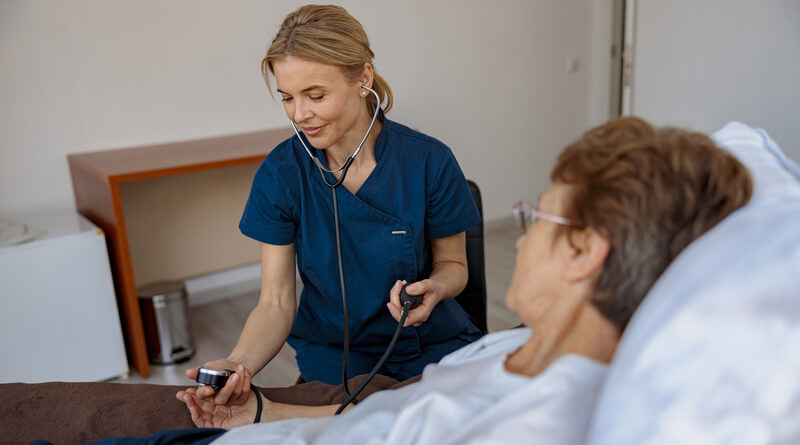
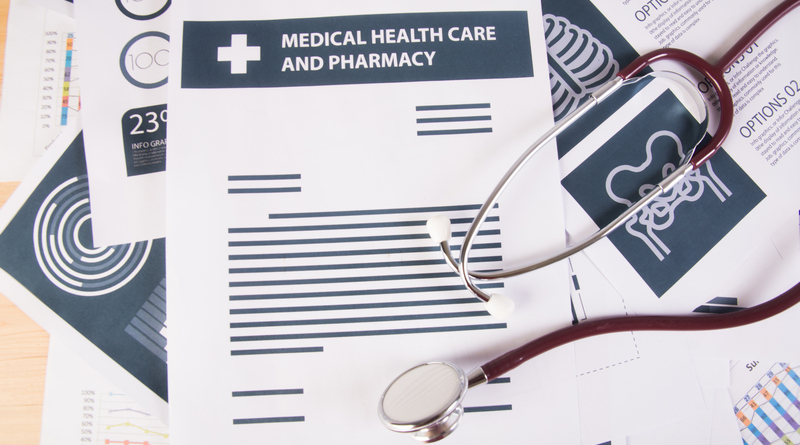
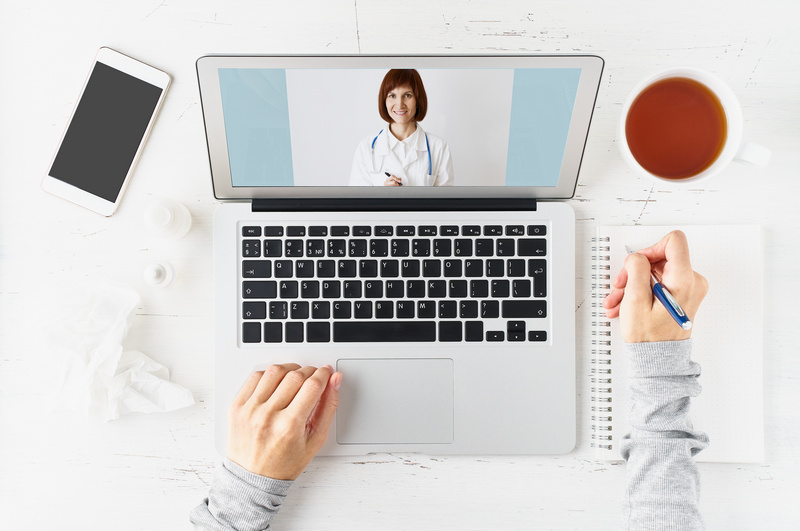
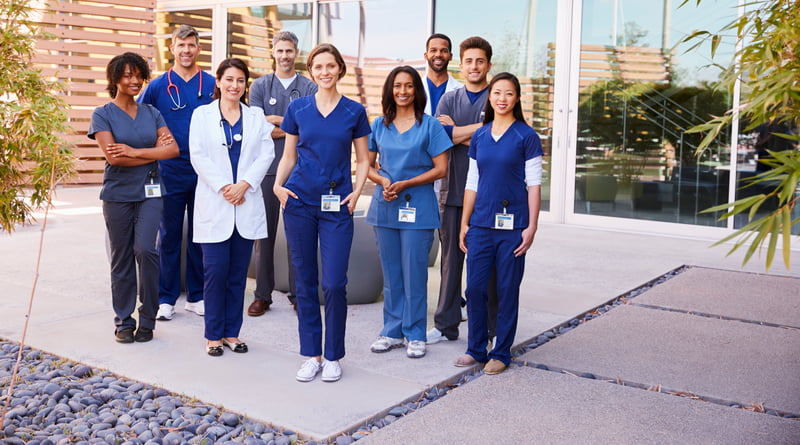



Leave a Reply
Want to join the discussion?Feel free to contribute!